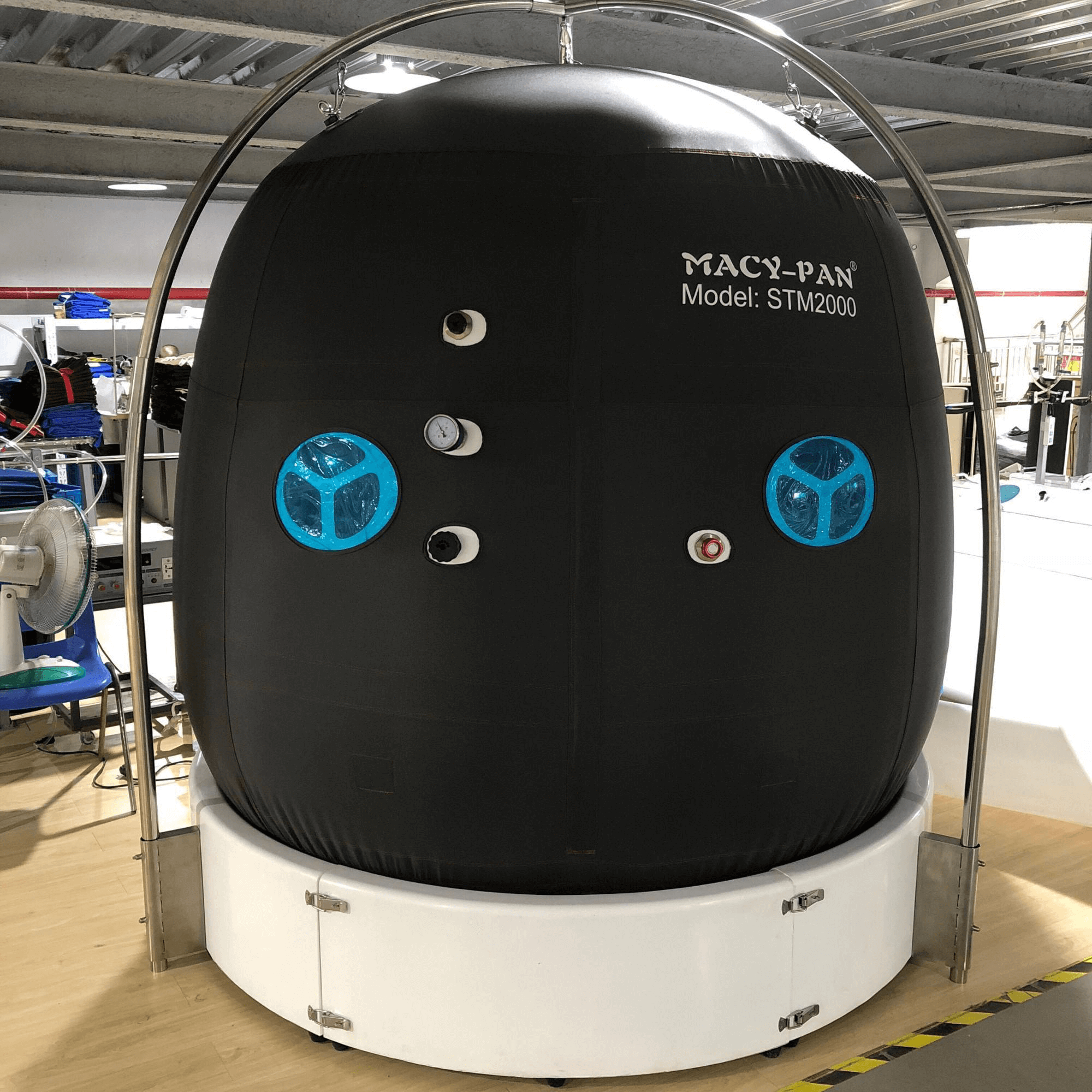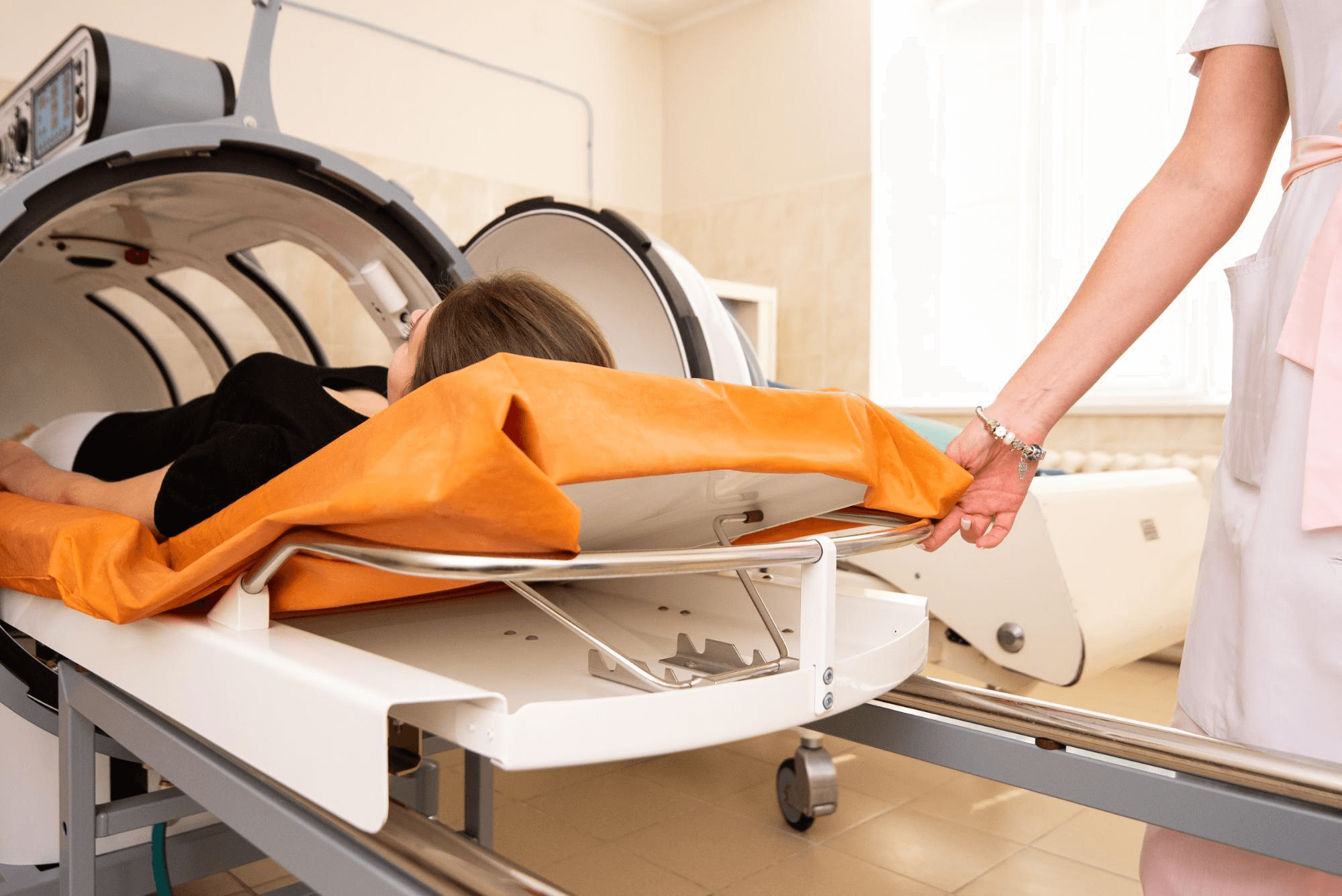Multiplace Hyperbaric Chamber: Non-Invasive Monitoring Devices
Important Non-Invasive Monitoring in Multiplace Hyperbaric Chamber
All types of hyperbaric oxygen chambers are currently working as active medical devices including Monoplace, and Multiplace hyperbaric chamber. Lack of proper monitoring in the hyperbaric chambers can be dangerous especially when you take into account its application and the increased ambient pressure to which the patients are exposed.
In addition, the increased oxygen partial pressure can be troublesome as well. Therefore, all hyperbaric chambers need to meet the standard rules defined by the Council Directive 93-42-EEC. According to this directive, all the equipment that is to use within the hyperbaric chamber should be verified and approved by chamber manufacturers.
The sad part is that not the manufacturers make only a limited type of medical devices to be compatible with the hyperbaric chambers. These devices are majorly used for the intensive care within the hyperbaric oxygen chambers.
So, the users are still struggling with cross-checking the devices with the chamber before they put them in it. Also, the user itself is responsible for the checking of these devices. In most cases, it is the healthcare facility owning the hyperbaric chamber that performs all these checks.
NOTE: An equipment that is not a medical device and it doesn’t belong to the internal of the chambers need to have appropriate style and design. It should be fit to use within the chamber environment.
Monitoring Devices for Multiplace Hyperbaric Chamber and Other Chambers

Monitoring Devices
During the HBO session, the healthcare facilities must perform pathophysiological parameter monitoring. However, the type and time frame of monitoring greatly depends upon the patient current status and his illness severity.
In some cases, healthcare can use a limited set of parameters i.e. 3-leads electrocardiography. In others, they have the facility to monitor several critical parameters for instance the electroencephalography or the PCWP (Pulmonary Capillary Wedge-Pressure).
To ensure safety, the best way to collect measurements is to conduct signal acquisition under the required hyperbaric condition. After collecting them, you would turn them into low voltage electrical signals and then pass them out via the wall of the monitor present on the outside to be recovered and displayed.
For effective transfer of signals from the chamber’s inside to its outside, you can either use a telemetric transmission or the wire connection. Wire connection is an effective technique; however, it has a prominent disadvantage.
You would need two additional connectors to connect the cable from the inside of the camber to its outside. This would then harm signal quality. For reading might not effective due to the low-to-noise ratio.
Telemetry Transmission
This type of transmission allows continuous monitoring even while transporting the patient to and for Multiplace hyperbaric chamber. Also, the signal quality is directly proportional to the quality of the receiver as well as the emitter.
In addition, wall thickness and the antenna position have a direct impact on the signal quality. The back draw is that these kinds of systems come with limited signal transmission. It means it can transfer only the basic signals for instance, the ECG. They are not able to send in more data collected from the patient.
Monitoring Device
The alternate and the most effective method is to place a monitoring device under the hyperbaric condition. It would record all the signals and thus let you assist in a proper manner.
For this solution, there is no need to make changes to the existing structure of the hyperbaric chamber. If you want, it is possible to collect all the data inside the chamber, and then use a wire to transmit this data outside the chamber.
Below are some effective and safe monitoring methods that you can use within the hyperbaric chamber.
Non-Invasive Monitoring for Hyperbaric Chamber
Electrocardiography
The most basic procedure for monitoring the critically ill patient is the electrocardiography. You can either transmit the signal outside of the chamber or it is possible to collect them internally. For instance, Propac Encore.
The device monitors the ST Level, analysis of arrhythmias, and heart rate. It also provides information regarding the tracing of respiration, power-spectrum analysis of heart-rate variability, etc. All this information is gathered using the resistivity variation among the electrodes.
Pulse Oximetry
The particular measurement value is limited only to the pulse frequency. The reason being, when a patient breathes hyperbaric oxygen, it results in full saturation of hemoglobin. There the exception of some serious cardio-vascular deficiency.
Non-Invasive Blood Pressure
It is possible to monitor this manually. In general, the hyperbaric chamber facility uses the auscultation of the blood noise method. Also, you would have to use the automatic method, for arm cuff inflation, you would have to place the electrical pump inside the chamber. This would ensure that it is working at the same pressure.
However, it has a hazard for fire, therefore, it is imperative to conduct a proper and thorough examination before you use it in the hyperbaric chamber.
Temperature
This is extremely easy to measure. You can use electrical thermistors along with signals to send the information to any desired device. This step is important for critical monitoring.
NOTE: Do not use the mercury thermometers within the hyperbaric chamber, as they would become toxic due to the hyperbaric conditions.
Electroencephalography
To ensure accuracy and to avoid all sorts of artifacts, use computerized multi-channel systems to achieve the ECG. In most cases, the signal acquired is from the head sensor. These signals are then transmitted to the monitor outside the chamber for further analysis.
Evoked Potentials
During multiplace hyperbaric chamber therapy, they use evoked potential. It s is important to monitor them. Researchers use this data for their different researches.
Laser-Doppler Flowmetry
It is effective for skin perfusion monitoring under hyperbaric conditions. It is useful for the peripheral microcirculation assessment.
Trans-thoracic Bioimpedance
For the estimation of cardiac output, most hyperbaric chamber facilities use the trans-thoracic bioimpedance. It is also effective for monitoring the extravascular lung water. Even though there are doubts about this method when it comes to monitoring the hemodynamically unstable patients. Facilities still use in different hyperbaric environments.

Multiplace Hyperbaric Chamber: The Leading Manufacturers
There is simply no denying the importance of the Multiplace hyperbaric chamber. The FDA approves this technique for treating several diseases. However, it is important to ensure that the chambers are up to date and have all the necessary monitoring machines.
Above we have listed some of the non-invasive monitoring for critical patients. These are not the only monitoring that a healthcare facility needs to perform. Therefore, the healthcare facility must discuss all the requirements in detail with the hyperbaric chamber manufacturer.
Specify their requirements and ask the manufacturer for a chamber that meets all the needs. Being the leading hyperbaric chamber manufacturer, we offer only the finest, state of the art and updated hyperbaric chambers.
You can reach out to us today, and we will provide you with all the required information.





